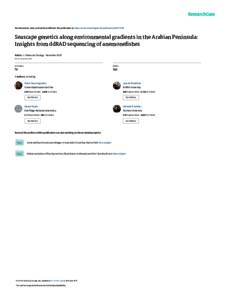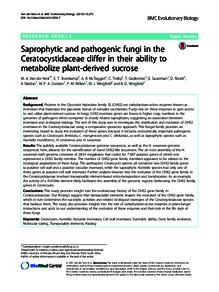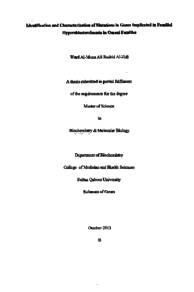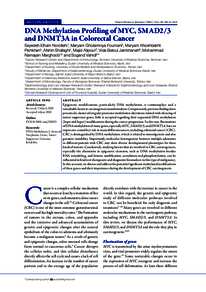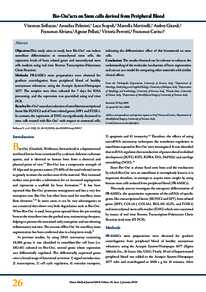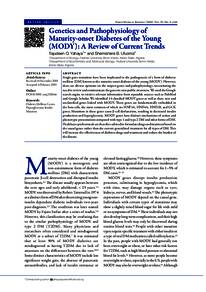Document
Seascape genetics along environmental gradients in the Arabian Peninsula: Insights from ddRAD sequencing of anemonefishes.
Identifier
DOI: 10.1111/mec.13471
Contributors
Dibattista, Joseph D., Author
Piatek, Marek J., Author
Gaither, Michelle R., Author
Harrison, Hugo B., Author
Nanninga, Gerrit B., Author
Berumen, Michael L., Author
Publisher
Blackwell.
Gregorian
2015-12
Language
English
Subject
English abstract
Understanding the processes that shape patterns of genetic structure across space is a central aim of landscape genetics. However, it remains unclear how geographical features and environmental variables shape gene flow, particularly for marine species in large complex seascapes. Here, we evaluated the genomic composition of the two-band anemonefish Amphiprion bicinctus across its entire geographical range in the Red Sea and Gulf of Aden, as well as its close relative, Amphiprion omanensis endemic to the southern coast of Oman. Both the Red Sea and the Arabian Sea are complex and environmentally heterogeneous marine systems that provide an ideal scenario to address these questions. Our findings confirm the presence of two genetic clusters previously reported for A. bicinctus in the Red Sea. Genetic structure analyses suggest a complex seascape configuration, with evidence of both isolation by distance (IBD) and isolation by environment (IBE). In addition to IBD and IBE, genetic structure among sites was best explained when two barriers to gene flow were also accounted for. One of these coincides with a strong oligotrophic-eutrophic gradient at around 16-20°N in the Red Sea. The other agrees with a historical bathymetric barrier at the straight of Bab al Mandab. Finally, these data support the presence of interspecific hybrids at an intermediate suture zone at Socotra and indicate complex patterns of genomic admixture in the Gulf of Aden with evidence of introgression between species. Our findings highlight the power of recent genomic approaches to resolve subtle patterns of gene flow in marine seascapes.
Member of
ISSN
0962-1083
Resource URL
Category
Journal articles

